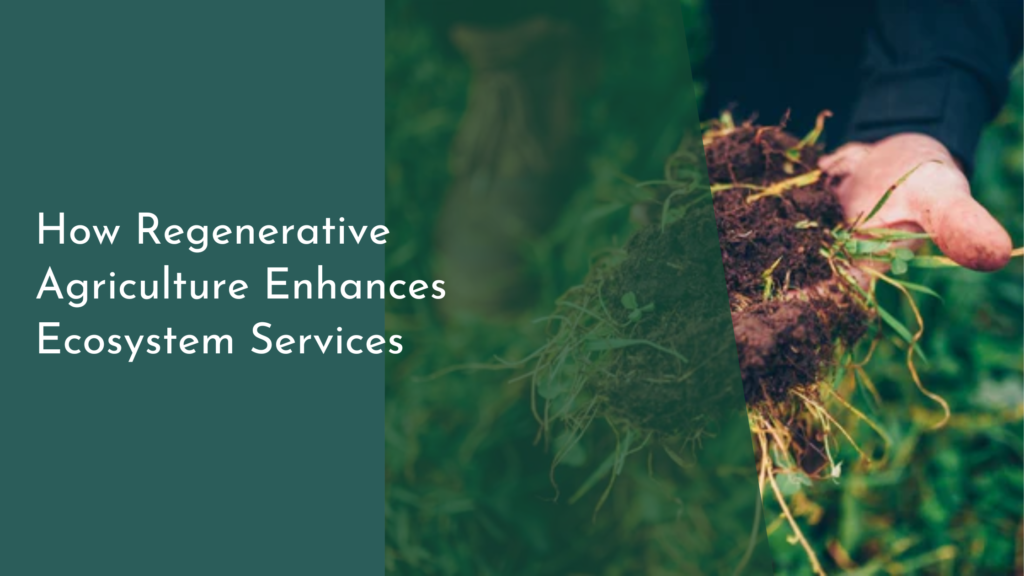The benefits of biodegradable padding for transportation packaging
In an age where environmental consciousness is on the rise, businesses are continually seeking innovative solutions for their packaging needs. One such solution that has gained momentum in recent years is biodegradable padding for transportation packaging. This eco-friendly alternative not only meets the demands of robust protection during shipping but also aligns with sustainability goals that many companies are now prioritizing. Let’s explore the various benefits of biodegradable padding and how it can transform the packaging landscape.
Discover Why Biodegradable Padding is a Game Changer!
Biodegradable padding is designed to break down naturally and safely return to the earth. Unlike traditional foam or plastic packaging, which can take hundreds of years to decompose, biodegradable materials like cornstarch, mushrooms, and plant fibers can decompose in just a matter of months under the right conditions. This accelerated decomposition helps minimize the amount of waste in landfills and contributes to a cleaner, healthier planet. Moreover, the cushioning capabilities of these materials ensure that products remain safe and secure during transit.
Transitioning to biodegradable padding also enhances a company’s brand image. As consumers become increasingly aware of environmental issues, they are more inclined to support businesses that prioritize sustainability. By adopting biodegradable padding, companies signal their commitment to eco-friendliness, which can foster customer loyalty and attract new clientele. This positive public perception can be a significant competitive advantage in today’s marketplace.
Eco-Friendly Benefits of Biodegradable Transport Packaging
The eco-friendly benefits of biodegradable transport packaging extend beyond just waste reduction. Many biodegradable padding options are made from renewable resources, which means that their production generally requires less energy compared to conventional materials. This lower energy consumption contributes to a smaller carbon footprint, helping to further combat climate change. Additionally, the use of non-toxic, organic materials in biodegradable padding ensures that the packaging is safe for both people and the environment.
Another significant benefit is the potential for reduced resource extraction. Traditional packaging materials often rely on petroleum-based products, which are finite and contribute to environmental degradation through their extraction processes. Biodegradable padding, on the other hand, is typically sourced from abundant natural materials, thus promoting a more sustainable cycle of consumption and production. This shift not only helps to preserve our planet’s resources but also encourages a circular economy where materials are reused and recycled.
How Biodegradable Padding Reduces Environmental Impact
By opting for biodegradable padding, businesses contribute to a reduction in plastic pollution. Single-use plastics have become a notorious polluter, clogging waterways and harming wildlife. Biodegradable alternatives break down into organic matter, leaving no harmful residues that can affect ecosystems. This not only protects marine life but also ensures a healthier environment for future generations.
Furthermore, biodegradable padding can enhance overall waste management strategies. Since these materials decompose more readily, they can be integrated into composting systems, providing nutrients back to the soil. This closed-loop process plays a vital role in maintaining soil health and supports the growth of plants, thereby promoting biodiversity. In essence, the adoption of biodegradable padding is a step towards a more sustainable and circular approach to packaging.
Make the Switch: Your Guide to Sustainable Packaging Solutions
Switching to biodegradable padding may seem daunting, but the transition can be seamless with the right approach. Start by researching various suppliers that offer biodegradable packaging solutions tailored to your specific needs. Many companies provide a variety of options, from loose-fill packing peanuts made from cornstarch to molded pulp material designed for fragile items. Ensure that the materials you choose are certified biodegradable and meet industry standards for performance.
Additionally, consider training your team on the benefits and uses of biodegradable padding. Educating staff on the importance of sustainable practices can foster a culture of environmental responsibility within the organization. Encourage feedback and suggestions on how to further reduce the environmental impact of your packaging methods. By making the switch to biodegradable options, you’re not just improving your packaging – you’re contributing to a larger movement toward sustainability that resonates with your customers and the planet alike.
In conclusion, the transition to biodegradable padding for transportation packaging presents a multitude of benefits that extend far beyond mere convenience. From reducing plastic waste and lowering carbon footprints to enhancing brand image and supporting eco-friendly initiatives, the advantages are clear and compelling. By embracing biodegradable materials, businesses can play an active role in protecting our environment while also appealing to a growing base of environmentally-conscious consumers. The future of packaging is here, and it’s green! So why wait? Make the switch today and be a part of the solution!


